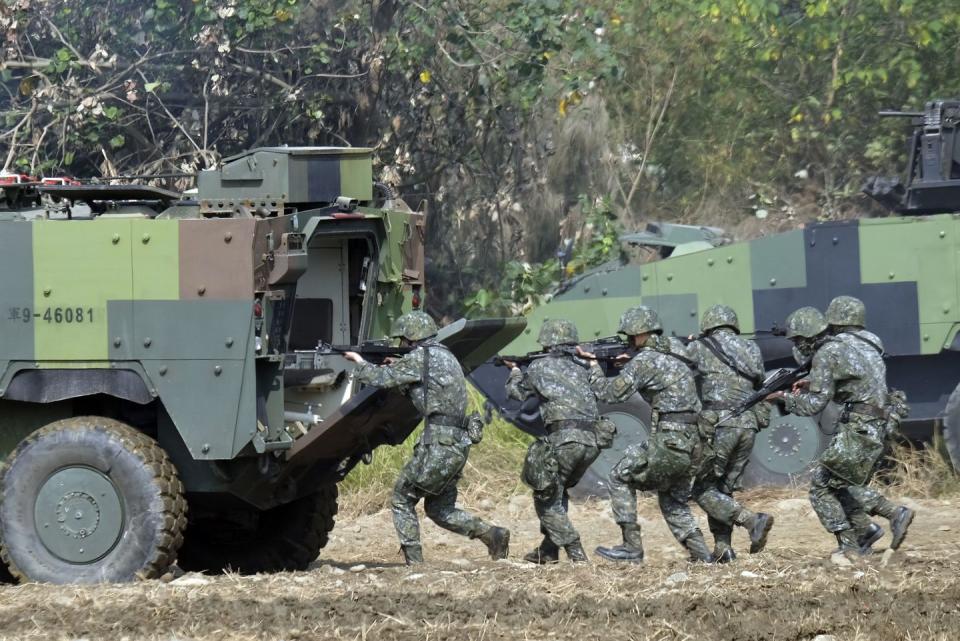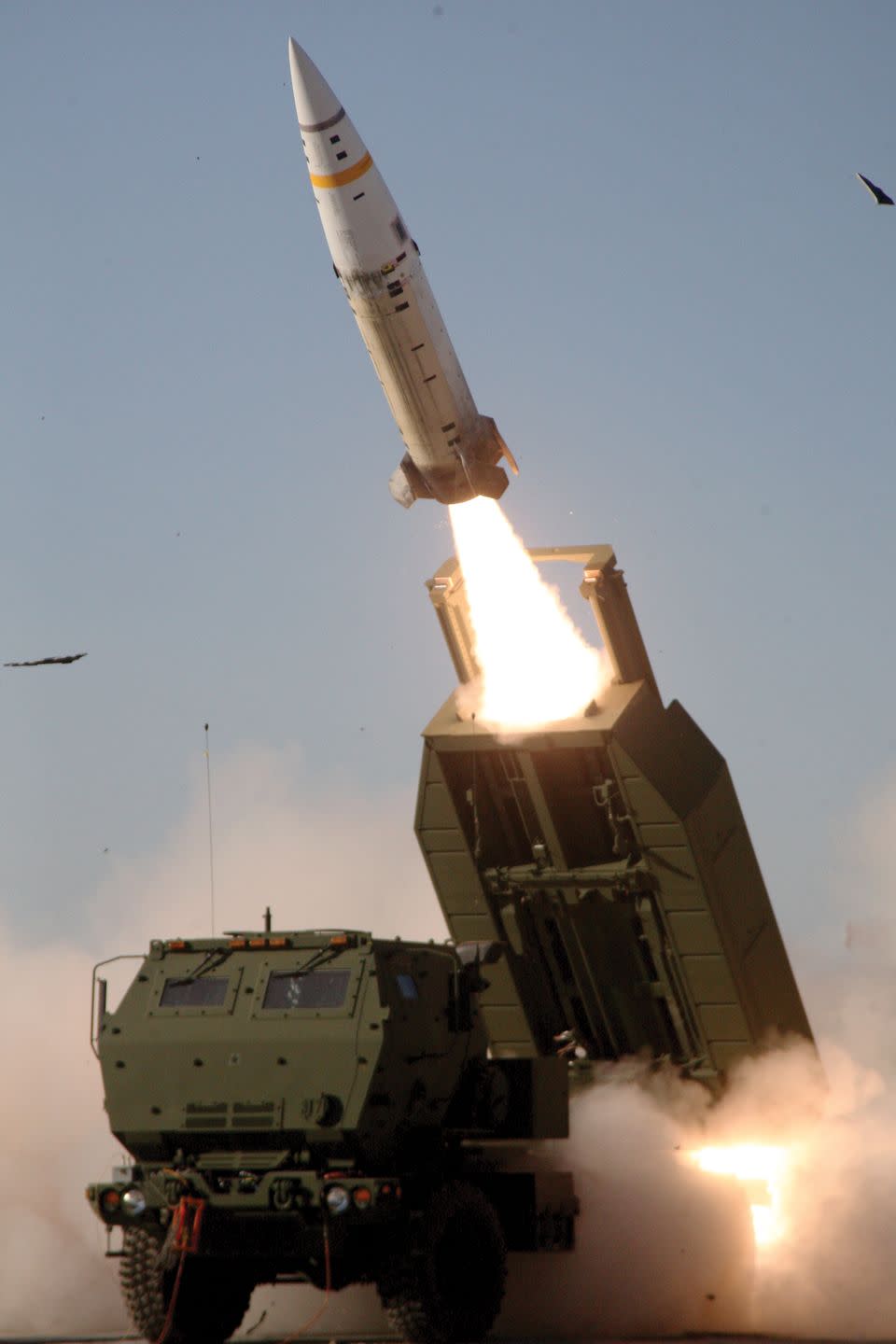The U.S. May Soon Sell Taiwan Missiles to Strike China
The U.S. has approved several new arms sales to Taiwan in recent weeks.
The approved weapons add up to a potent force for disrupting a Chinese invasion of Taiwan before it even sets sail.
Air and ground-launched missiles will be able to strike well inside Chinese territory, targeting ports, airfields, and supply depots supporting a cross-strait assault.
The U.S. government has approved the sale of new missiles that would help Taiwan defend itself from attack. The weapons, ranging from SLAM-ER missiles carried by F-16s to Army Tactical Missiles launched from truck-mounted rocket launchers, will give Taiwan the ability to strike targets inside mainland China itself, potentially stopping an invasion before it starts.
Dive deeper. ➡ Read best-in-class military news and features, and get unlimited access to Pop Mech , starting NOW.
In 1949, the Chinese Civil War ended with Chinese Nationalist forces, backed by the U.S., evacuating to the island of Taiwan. Chinese Communists won the rest of the country, and an uneasy stalemate between the two sides has persisted ever since. Although the U.S. recognizes the legitimacy of the government in Beijing, it has also committed to helping defend democratically led Taiwan until the two Chinas peacefully work out their differences.

Taiwan’s military forces have long held a technological edge over Chinese forces, which also lack the air and sealift to mount an invasion across the 80-mile-wide Taiwan Strait. Decades of double-digit increases in China’s defense budget, however, have fueled a military expansion, including the construction of large numbers of air transports and amphibious ships capable of landing troops on the island. Taiwan, once considered impregnable, is slowly, but surely becoming more vulnerable to attack.

Taiwan can’t hope to match mainland China in sheer numbers, from ground troops to fighter jets. New weapons approved for transfer this month by the U.S. State Department, however, could kneecap an invasion force before it lands on the peninsula, disrupting air bases before they can launch paratroopers and port facilities supporting a seagoing invasion force.

One weapons package, according to Defense News, consists of 135 Boeing AGM-84H SLAM-ER missiles and 11 Lockheed Martin M142 High Mobility Artillery Rocket Systems. The second package, Naval News reports, consists of 100 RGM-84L-4 Harpoon Coastal Defense Systems. Together, the weapons provide Taiwan with the means to deter or disrupt a cross-strait attack.
📚 Read Up: The Best Military History Books
The AGM-84H SLAM-ER is a derivative of the Harpoon anti-ship missile. In service with the U.S. Navy, SLAM-ER is an air-launched, day/night, all-weather precision land attack missile. SLAM-ER uses a GPS guidance system, has a 150-mile range, and includes a 500-pound high explosive warhead adapted from the Tomahawk missile. As Defense News notes, the missiles will likely be carried by Taiwan’s fleet of F-16 fighter jets.

The State Department has also approved the M142 High Mobility Artillery Rocket Systems, (HIMARS), a truck-mounted rocket and missile launcher. Taiwan will also receive 64 Army Tactical Missile Systems (ATMS), a large, fat missile launched from HIMARS with a range of 190 miles and a 500-pound warhead.
📥 Get Pop Mech in your inbox.
SLAM-ER and ATMS are important because they provide Taiwan with the ability to attack massing Chinese forces before the actual invasion kicks off, postponing or even canceling it altogether. If Taiwan detects a massing Chinese invasion force, F-16s and HIMARS trucks could launch their missiles against targets on the mainland supporting the invasion, including air and naval bases, power plants, supply depots, and enemy headquarters.
Every Chinese soldier stranded on the mainland is one Taiwan doesn’t have to fight on its own territory. Even better, if Taiwan can inflict enough damage on the invasion force, it could lead China’s military to call off the attack.

The State Department also approved the transfer of 100 Harpoon Coastal Defense Systems, trucks equipped to launch Harpoon anti-ship missiles, and a supply of 400 missiles to Taiwan. The Harpoon trucks would be positioned near likely landing zones for Chinese troops, with the goal of sinking as many troop-laden transport ships as possible.
The packages, which together total $4.1 billion, are not a done deal. A State Department authorization, however, is typically an indication of what kind of weapons the buyer and seller have in mind.
If Taiwan does sign a check, the new weapons could go a long way toward delaying China’s ability to conquer the island by force—ideally, long enough for the two Chinas to peacefully merge or learn to live separately from one another.
You Might Also Like


